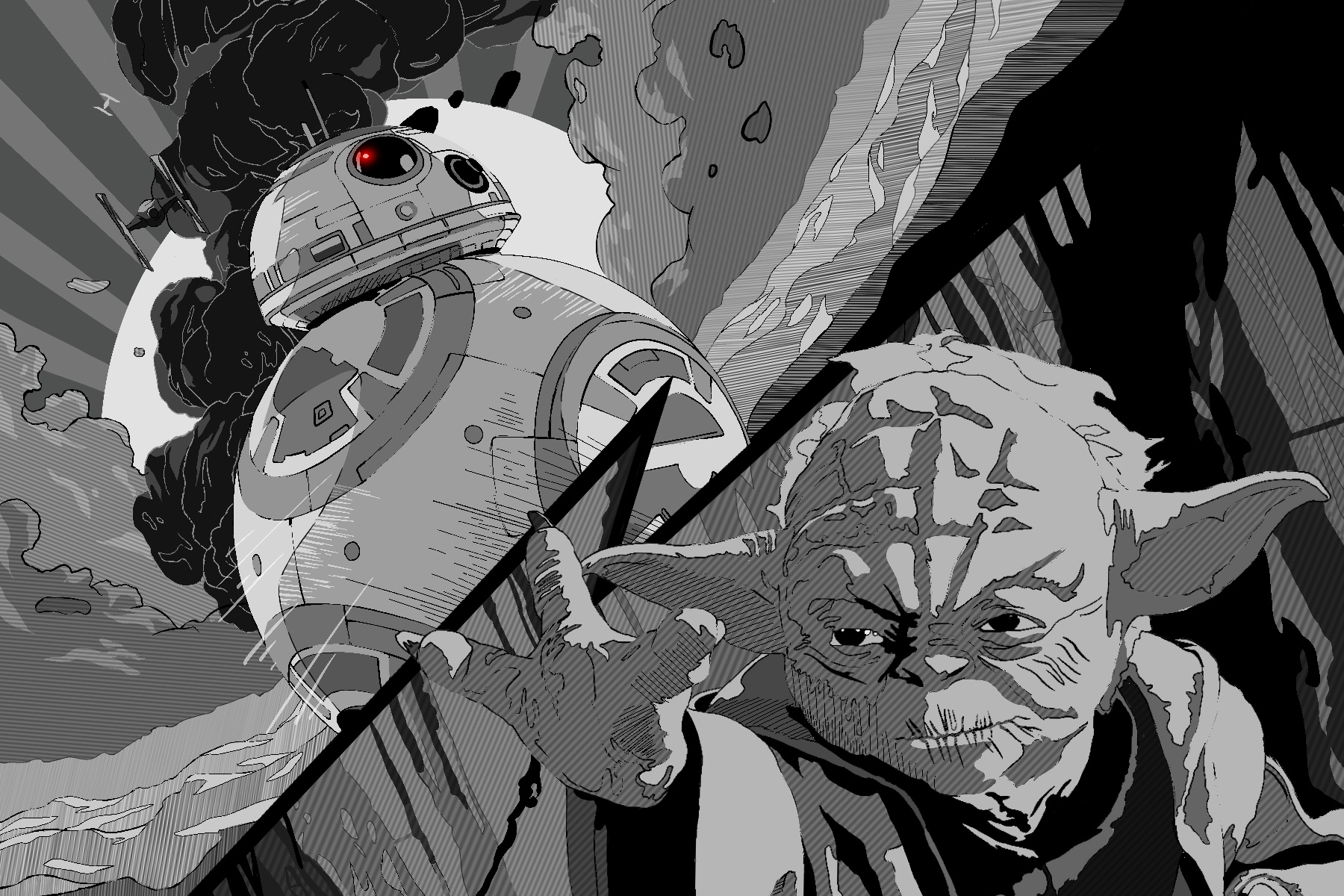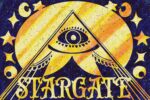“Star Wars” is perhaps the most famous franchise in pop culture history. New “Star Wars” media has consistently been produced over the last 40 years, with new fans emerging every generation. In the last decade, we have seen numerous new movies, television series and books. What exactly has kept “Star Wars” in the spotlight for so long? What makes it so special?
Part of the franchise’s success comes down to its revolutionary and innovative storytelling that has created its own unique genre that is difficult to label. “A New Hope” and “The Empire Strikes Back” both appeared in the top 10 of Empire Online’s ranking of “The 50 Best Sci-Fi Movies of All Time.” But is “Star Wars” actually “science fiction”? While I certainly think “Star Wars” could be categorized as a genre of its own and that it has elements of science fiction, I believe that it falls much more into the “fantasy” category.
The Sci-Fi Genre
First, we need to establish the definitions of “science fiction” and “fantasy.” Most people differentiate them by simply correlating aliens and robots with science fiction and elves and wizards with fantasy. Using that logic, “Star Wars” would obviously be in the realm of science fiction. But the real differences between the genres are greater than that. Britannica defines “science fiction” as “a form of fiction that deals principally with the impact of actual or imagined science upon society or individuals.” Science fiction involves humanity’s interaction with space, time travel, robots and aliens. Oftentimes, these stories take place in the future of our universe but have some expanded technology. Perfect examples of science fiction films would be “Blade Runner” and “Alien.”
Science fiction emerged during the Industrial Revolution of the 1920s when people began to speculate about how technology would affect our future. This led to the science fiction sub-genre of “speculative fiction” — stories that detail what could await humanity as our technology progresses. This theme of fearful speculation has been a common one in science fiction over the last century. Ray Bradbury’s novel “Fahrenheit 451” takes place in a future where books are destroyed and replaced by technology. Netflix’s series “Black Mirror” always has some trippy message about how horrible technology can be, which makes me feel awful during every viewing. However, science fiction creators have developed other approaches that aren’t about fearing technology.
Creators have used some common tropes to create science fiction stories with many different themes and tones, such as Andy Weir’s “The Martian,” which uses science to comedically detail an astronaut’s attempt to leave Mars. Nevertheless, since its inception, the core theme of science fiction has been an emphasis on how science could affect our world.
The Fantasy Genre
On the other side of the genre compass is “fantasy,” which has much less realistic elements than science fiction. Literarydevices.net defines fantasy stories as those that “cannot occur in the real world.” Unlike science fiction writers who detail how possible technological advancements could affect humanity, fantasy writers generally create stories with completely made-up societal norms, rules, races and laws of nature that enable the possibility of magic. This kind of storytelling has occurred for many millennia, with stories like Homer’s “Odyssey,” the Arthurian Legend (the stories of King Arthur) and even the retelling of religious stories.
Although there are exceptions to this, most contemporary fantasy stories take place in settings that are completely fictitious. “The Lord of the Rings” is a perfect example of a contemporary take on the fantasy genre. It takes place in the made-up land of Middle Earth with made-up creatures like elves, dwarves and wizards. In summary, the fantasy genre is embedded with elements that are not realistic or possible to explain with our understanding of science.
But surely fantasy stories would be hard to relate to since the settings are all made-up, right? Absolutely not! Fantasy stories may take place in fake worlds, but the fake worlds and societies are used symbolically to convey real messages and themes about humanity that readers or viewers can relate to.
https://www.instagram.com/p/CLe6pK_hZtf/?utm_source=ig_web_copy_link
Where Does That Leave “Star Wars”?
But back to “Star Wars.” “Star Wars” has far a larger number of essential traits from the fantasy genre than it does science fiction. The first fantastical aspect of “Star Wars” is that it takes place in a completely made-up setting. Each “Star Wars” movie begins with opening credits that state, “A long time ago, in a galaxy far, far away.” It is immediately clear that the setting of the story has nothing to do with the society we live in. Your fantasy sensors should be buzzing when you see words like these.
The series also has a “chosen one” story arc that is common in fantasy stories like “Harry Potter” and “The Lord of the Rings.” Likewise, “Star Wars” implements into its storyline supernatural power-wielders like Jedi who can move things with the “Force.” The Force is essentially a fantastical magical power that has no traceable base in our reality.
Similarly, “Star Wars” is also often thought of as a work of science fiction because of the presence of space battles and robots. However, the space travel is completely unrealistic — the ships have artificial gravity, and explosions make noise in space. George Lucas even said in an interview with Rolling Stone that he got really annoyed when people would critique his movies for how scientifically inaccurate they were. Lucas wasn’t trying to make a movie that dealt with science; he wanted to create a story that was inspired by “the fairy tales and the dragons and Tolkien” — also known as fantasy stories. These science fiction aspects are more so embellishments to the story and are less essential to the plot.
But the most crucial aspect of “Star Wars” that makes it more fantasy than science fiction is its tone and depiction of technology. Science fiction emerged as a genre to warn humanity about the negative consequences of becoming reliant on technology, like machines replacing humans. “Star Wars” has no ominous tone about technology in its story. It is instead about how characters and factions of people interact. Fantasy conflicts are typically between two characters or two groups, as they are in “Star Wars,” whereas science fiction conflicts pit mankind versus a potential threat like technology or an extraterrestrial species. At the end of the day, despite being set in space, “Star Wars” still has the rhythm and key ingredients of a fantasy story.
















